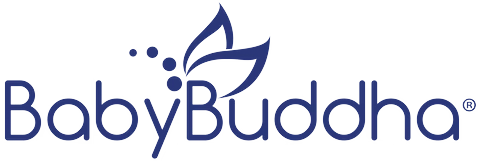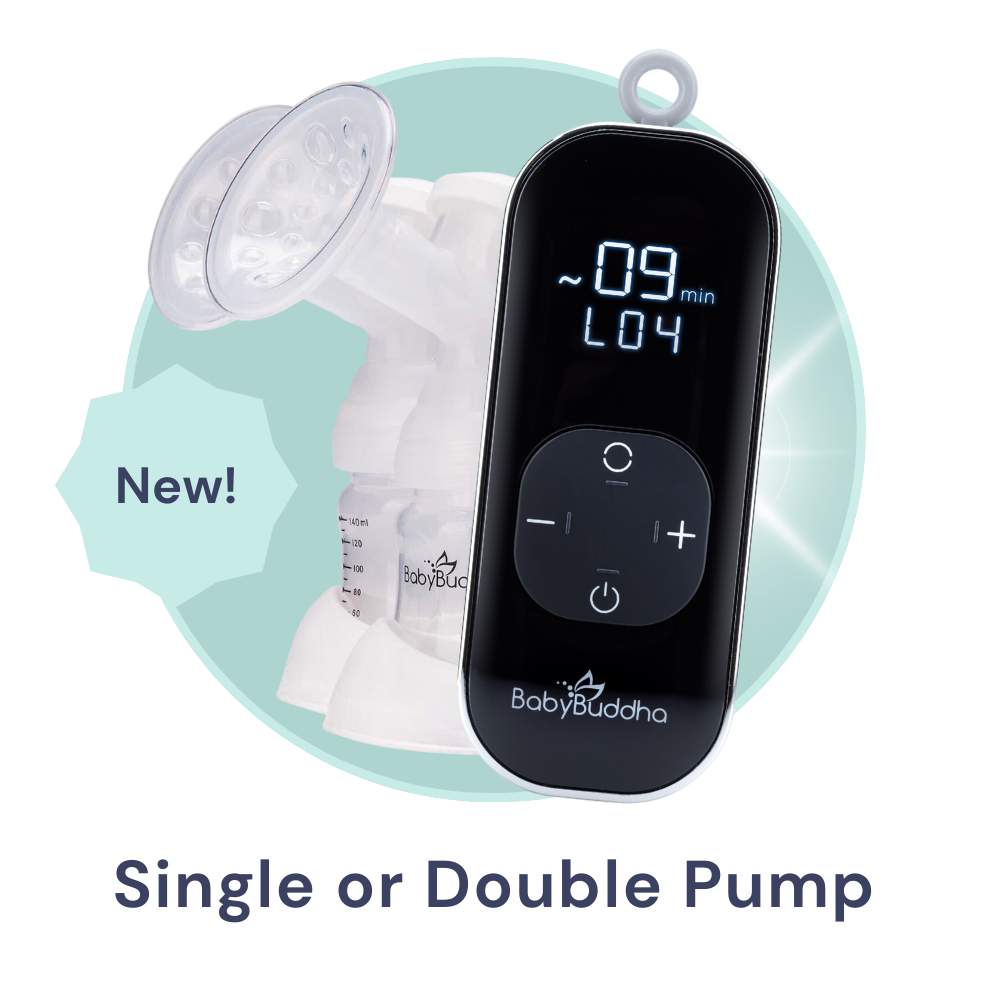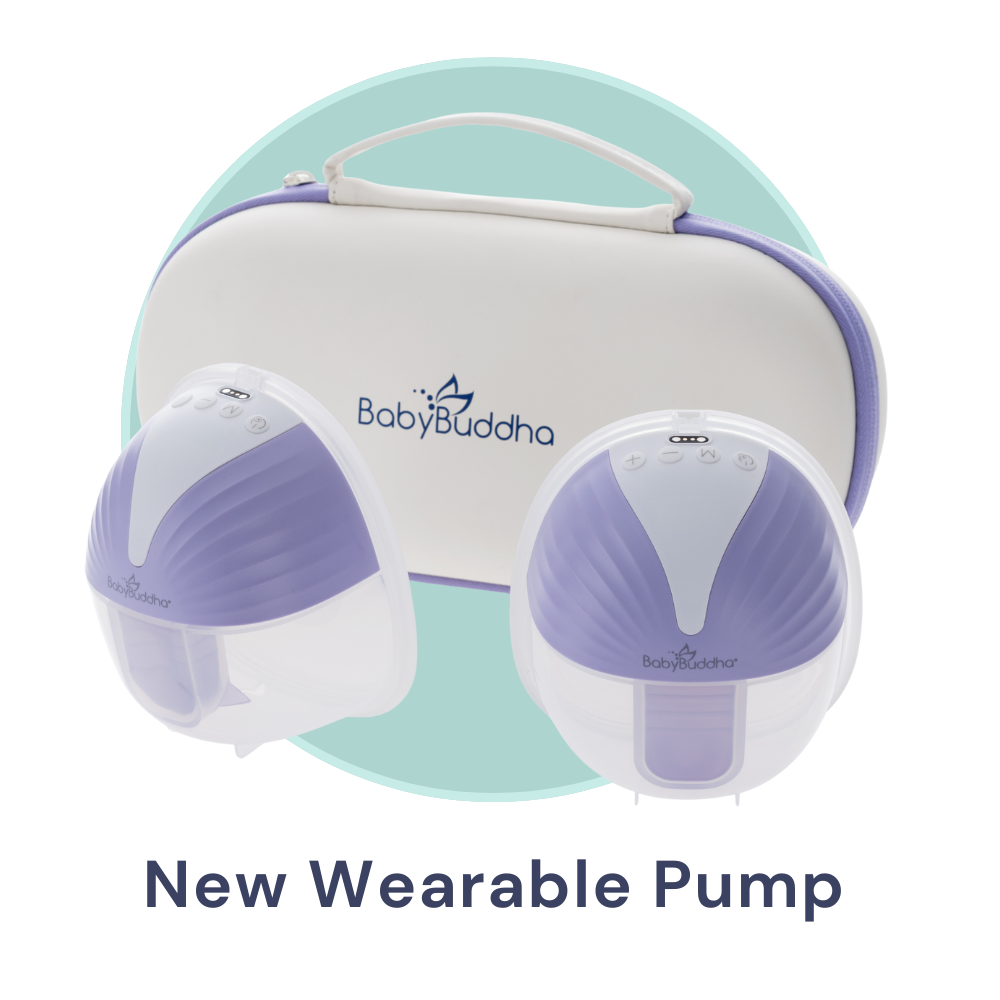Preparing for motherhood is like taking an entire college class. There are so many terms, names, and abbreviations! Breastfeeding is a huge part of this conversation — there’s a lot to know about how breastfeeding works and how to make it work for you. Today, we’re here to help review essential facts on colostrum.
This “first milk” deserves more time in the spotlight. Some might find themselves asking, “Isn’t all breast milk the same?” The short answer is no. Breast milk comes in stages as different types of milk, and the first stage is colostrum.
Let’s take a deeper look at what colostrum is and why it is important.
What Is Colostrum?
Colostrum is the first form of human milk that your mammary glands will produce when you are pregnant and have a baby. It is a thick, sometimes sticky liquid and usually has a rich yellow color. This color and the many benefits of colostrum have earned it the nickname “liquid gold.”
Colostrum is high in protein and low in carbohydrates and sugar. If you plan on breastfeeding, it is the first form of milk that your baby will be expressing from your breasts. If you’re planning to be an exclusive pumper, you can hand express colostrum to give it to your baby.
What Are the Benefits of Colostrum?
There are several benefits to your baby receiving colostrum during the earliest days of their life. Let’s take a more in-depth look at some of the health benefits of colostrum.
Colostrum Strengthens Your Baby’s Immune System
Colostrum has high concentrations of health-boosting components. These include white blood cells, antioxidants, and immunoglobulins (antibodies). All of these things in colostrum help coat your baby’s stomach and intestines, helping protect them from infection in the very beginning days.
While all three forms of breast milk contain immunoglobulin A (IGA), it is most concentrated in colostrum. This makes colostrum such an important part of your baby’s eating routine since they are more susceptible to infections while their immune system is forming.
Colostrum Helps To Prevent Jaundice and Low Blood Sugar
Jaundice is a newborn condition that usually appears within the first few days of your baby’s life. It is characterized by the yellowing of the skin and whites of the eyes and is caused by elevated levels of bilirubin in a newborn’s bloodstream. Colostrum helps to prevent jaundice since it acts as a mild laxative.
Colostrum can also help prevent low blood sugar in newborns. It contains a combination of lactose (milk sugar) that babies need to keep their glycemic index where it should be.
Colostrum Acts as a Laxative
Your baby’s first poop is called meconium. Meconium is a thick, tar-like poop that is usually very dark in color. Your baby’s body creates it by swallowing amniotic fluid while in your womb.
Human colostrum has laxative properties that help your baby have their first bowel movements and relieve their bodies of meconium. This is also important if your newborn does have jaundice, as bowel movements help to remove excess bilirubin from the body.
Colostrum Helps Your Baby Begin To Grow
Consuming colostrum soon after birth helps your baby with a number of growth factors. As stated, colostrum is high in proteins such as lactoferrin which your baby will need not only to protect their immune system but also to begin putting on weight after they are born.
The nutrient-dense nature of colostrum helps to sustain your baby’s body while you wait for your milk production to ramp up and begins to help their stomachs start to expand. This is all your baby needs for their first few days of life: It really is a baby superfood!
Colostrum Frequently Asked Questions
Now that we have talked about what colostrum is and have looked at some of its benefits, let’s tackle some frequently asked questions surrounding colostrum and breast milk production.
When Will I Start Producing Colostrum?
Most women start producing colostrum in their second trimester of pregnancy, usually between 12 to 18 weeks. Some women start seeing colostrum leaking from their breasts during their third trimester of pregnancy. If you find you have leaking, you can use disposable or washable breast pads in your bra or even passive milk-saving devices to catch and store it.
If you don’t see colostrum leaking while pregnant, that’s not a cause for alarm. The amount of colostrum your body produces increases after your baby is born. Therefore if you are not seeing it leaking before you give birth, it does not mean you won’t have it at all.
What Does Colostrum Look Like?
Colostrum most commonly has a deep yellow color thanks to the carotenoids in its fat globules. This is why it is nicknamed liquid gold. It can also be white or clear, but that is less common than its distinct yellow color.
Colostrum is much thicker in consistency than one might expect breast milk to be. This is because of its unique milk composition — it’s very unlike the cow’s milk you see in the grocery store.
How Much Colostrum Does My Baby Need?
Remember that your baby’s stomach is very small when they are born, typically only about the size of a marble. For this reason, it is typical to produce a few teaspoons of colostrum a day to start. What may seem like a small feeding to you is a large one to them!
Rest assured that even though it may not seem like much, you are making all that your baby needs to fill their little tummy. As your baby grows, so should your milk supply. Don’t hesitate to speak with your lactation consultant or pediatrics provider if you have concerns that your baby isn’t getting enough colostrum.
Can I Pump Colostrum?
If you plan to pump exclusively, this is probably one of the top questions on your mind. While it is possible to pump colostrum, most moms find it too thick to pump efficiently and have more luck with hand-expressing colostrum into a sanitized bottle or bowl.
If you’re having difficulty getting colostrum out with hand expression, try a manual breast pump instead. You may yield more results with this different form of suction.
If you are trying to express colostrum before your baby is born, be sure to read up on pumping before you give birth and talk about it with your healthcare provider.
Can I Bottle Feed Colostrum?
While you could, in theory, bottle-feed your little one colostrum, it might be easier for your baby to drink it through a syringe. If your baby was born preterm or is in the Neonatal Intensive Care Unit (NICU), pumping/hand expressing can help ensure that your baby gets all the benefits of colostrum. It can even be fed through a feeding tube if necessary.
When Will I Stop Producing Colostrum?
Your body will stop producing colostrum anywhere between three and six days after your baby is born. However, small amounts of colostrum can usually still be found in breast milk for up to six weeks; this milk is called transition milk.
Every woman is different, but this is the average range in which your body will transition over to producing the second phase of breast milk.
This second phase of breast milk is called transitional milk. This is often referred to as your milk “coming in” because this milk is thinner in consistency than colostrum and will flow more freely. You will produce this milk for about two weeks before your body begins producing the final form of breast milk called mature milk. Pumping a lot of mature milk is easiest with an electric breast milk pump.
Prepare Ahead
Don’t forget that there are things that you can do to prepare yourself for breastfeeding and milk production (including colostrum) ahead of time. Keep an eye on your diet and hydration. You should eat about 330 to 400 extra calories a day and drink around 16 cups of water a day to create and maintain a healthy milk supply.
While pregnant, speak with your healthcare provider about any wellness supplements or vitamins before starting them. You can also talk with them about your plans for breastfeeding or whether you will be exclusively pumping or combo feeding. They can also advise you on the process of getting a breast pump covered by insurance.
Many moms like to begin working with a certified lactation consultant before the baby arrives to discuss how to have a successful breastfeeding or pumping journey once they are here.
Finally, you can read up on ways to increase your breast milk supply after your baby arrives to be sure that you have all that you will need for a happy and healthy baby!
Sources:
Breastfeeding Benefits Your Baby’s Immune System | HealthyChildren.org/AAP
The Phases of Breast Milk | U.S. Department of Agriculture
Hypoglycemia of The Newborn | International Breastfeeding Centre








